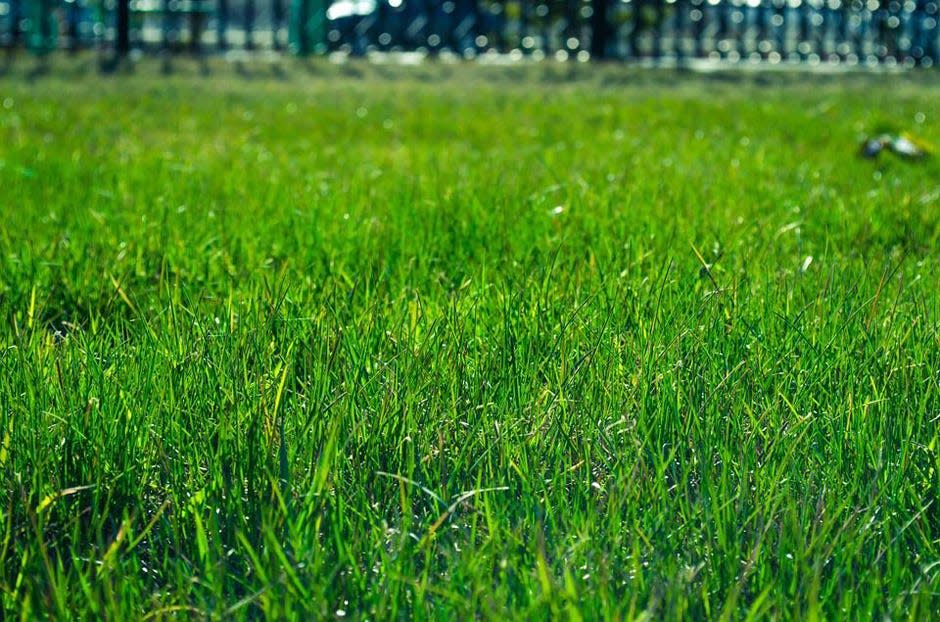Your lawn's square footage determines fertilizer level. How to apply it correctly | Gardening
In order to correctly apply granular fertilizers and other lawn chemicals, it is a must to know the square footage of your lawn. Otherwise, you are playing a guessing game that can negatively impact your lawn, the environment and your pocketbook.
Without knowing the area to be covered, many people tend to overdo it. I have stepped off the area of a homeowner’s front yard and determined that the homeowner used three to four times the amount of fertilizer that should have been used. This is common.
Applying too much fertilizer is a sure way to do in a centipedegrass lawn. It causes a condition commonly referred to as “centipedegrass decline.”

Previous column: Cucumbers and squash not producing fruit? Here's why and how to fix it. | Gardening
More: Want to learn how to attract pollinators to your garden? Here's your answer.| Gardening
Lawn pesticides are applied based on the square footage of the area to be treated.
A commonly used lawn herbicide (weed killer) states on the product’s label, “Determine total area to be sprayed and base rate of application on the chart below.” The accompanying chart provides the following information.
When the area to be covered (treated) is 500 square feet, use 1.5 tablespoons of the product. The suggested amount of water to use in order to cover 500 square feet is 1 gallon.
When the area to be covered is 1,000 square feet, the chart directs to use 3 tablespoons of the product, with 2 gallons being the suggested amount of water to use in order to cover the 1,000 square feet.
The chart goes all the way up to 1 acre as the area to be treated with two quarts of the product required to do so. The amount of water suggested to cover 1 acre (43,560 square feet) is 40-80 gallons.
With an herbicide that is mixed with water, water is the means of distributing the herbicide. This is true with lawn insecticides and fungicides that are applied using water, as well.
Granular pesticides are applied similarly, based on the size of area to be treated.
So, save yourself some money while improving your lawn and Florida’s environment by measuring the square footage of your lawn. And, record it for future use. You may want to measure and record the size of your front, side and backyard separately.
Make sure to subtract the square footage of non-lawn areas such as your driveway, walkway, plant beds, storage building, etc.
Measuring the lawn also allows you to purchase the right amount of product. Please email me at lwilliams@myokaloosa.com to let me know that you have measured your lawn. I’d like to know that this column is having a positive impact in regards to your lawn and gardening practices.
This article originally appeared on Northwest Florida Daily News: How to apply fertilizer, other chemicals to lawn correctly |Gardening

